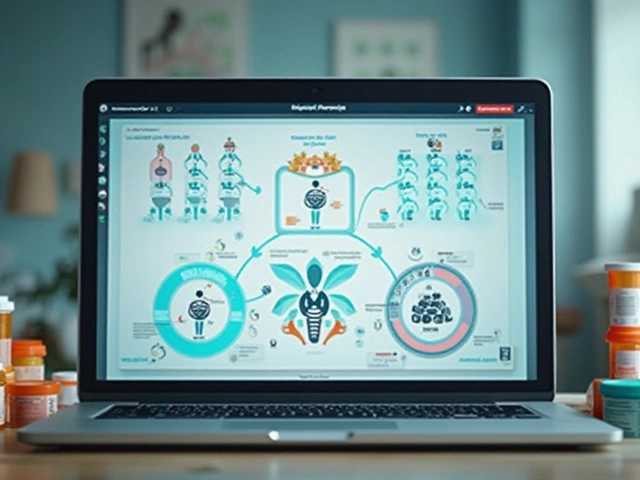Education: Supporting People with Intellectual Disabilities Across Cultures
Culture shapes how families, teachers, and communities see intellectual disabilities. That affects when a child gets help, how they communicate, and whether schools include them. This page gives clear, practical steps you can use right now—whether you teach, care for someone, or build services.
Understand the real barriers
Start by spotting common, real-world barriers: different cultural beliefs about disability, language gaps between families and professionals, and stigma that hides needs. For example, a family might view a child’s delays as a normal variation or a private matter, so they won’t ask for help. That delays diagnosis and support. Ask simple, respectful questions to learn what a family believes and how they prefer to communicate.
Also check basic access issues: can the family get to appointments? Do they have money for tests? Are interpreters available? Fixing these practical problems often helps more than complex programs.
Practical classroom and home strategies
Use concrete, low-cost tools that work across cultures. Visual schedules, picture cards, and short routines help kids understand expectations without heavy language. Break tasks into small steps and teach one step at a time. Repeat skills in different settings so the child learns to use them at home and school.
When language is a barrier, use simple words, gestures, and demonstration. Invite a trusted family member to show how a child communicates at home. If no interpreter is available, record the family explaining routines or use translated materials for key instructions like medication or safety rules.
Include families as partners. Ask what they already do at home that works and build on it. Offer short, practical coaching—show one activity, then watch them try it. Give feedback that focuses on one or two changes, not a long list.
Train staff on cultural humility, not just cultural facts. That means listening first, admitting you don’t know everything, and adapting your methods. Role-play simple scenarios: how to explain an assessment, how to ask about beliefs, or how to talk about behavior without blame.
Use community resources. Faith groups, local clinics, or parent networks can help bridge trust and logistics. Often these groups know how to reach families who avoid formal services.
Measure progress in ways that matter to the family. Schools may track test scores, but parents often care about daily skills—feeding, dressing, making friends. Agree on a few meaningful goals together and celebrate small wins.
Finally, keep learning. Cultural diversity is not a one-time checklist. Ask for feedback after meetings, update materials in the family’s language, and adjust plans when they don’t work. Small, consistent changes build trust and real inclusion.
Want a quick start? Begin with a five-minute intake that asks about preferred language, daily routines, and any local supports the family trusts. That short step opens the door to better education and support for the person with an intellectual disability.
16
Cognitive Biases: How Your Beliefs Shape What You Say and Do
Cognitive biases are invisible mental shortcuts that shape how you interpret information and respond to the world. This article explains how beliefs distort your reactions-and what you can do about it.
11
Intellectual Disabilities and Cultural Diversity: Understanding Unique Needs and Barriers
As a blogger, I recently delved into the intersection of intellectual disabilities and cultural diversity. It's crucial to understand the unique needs and barriers faced by individuals with intellectual disabilities from diverse backgrounds. I've learned that cultural factors can greatly impact how we identify, support, and include these individuals in our communities. Furthermore, addressing cultural and linguistic barriers is essential to providing effective services and fostering inclusivity. Let's work together to create a more inclusive society that recognizes and respects the diverse needs of all individuals with intellectual disabilities.
Latest Posts
Popular Posts
-
 Over-the-Counter Medication Safety: Hidden Ingredients and Interactions You Can't Afford to Ignore
Over-the-Counter Medication Safety: Hidden Ingredients and Interactions You Can't Afford to Ignore
-
 Pharmacist Recommendations: When to Suggest Authorized Generics
Pharmacist Recommendations: When to Suggest Authorized Generics
-
 Allergy Action Plan: Essential Medications to Carry and When to Use Them
Allergy Action Plan: Essential Medications to Carry and When to Use Them
-
 Pharmacy Reimbursement: How Generic Substitution Impacts Pharmacies and Patients Financially
Pharmacy Reimbursement: How Generic Substitution Impacts Pharmacies and Patients Financially
-
 How to Keep Medications Safe from Children and Pets at Home
How to Keep Medications Safe from Children and Pets at Home



